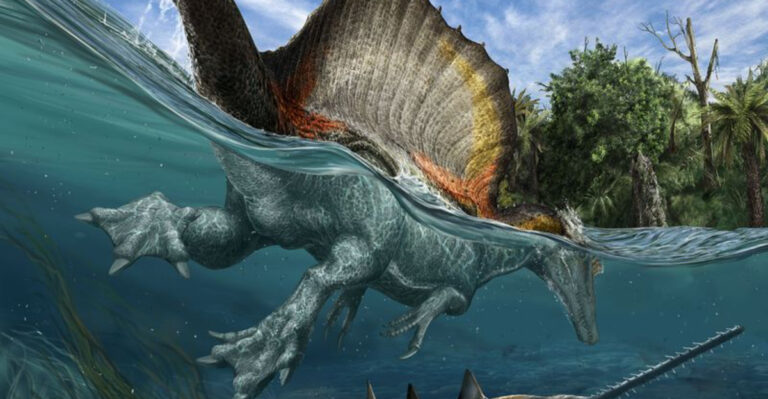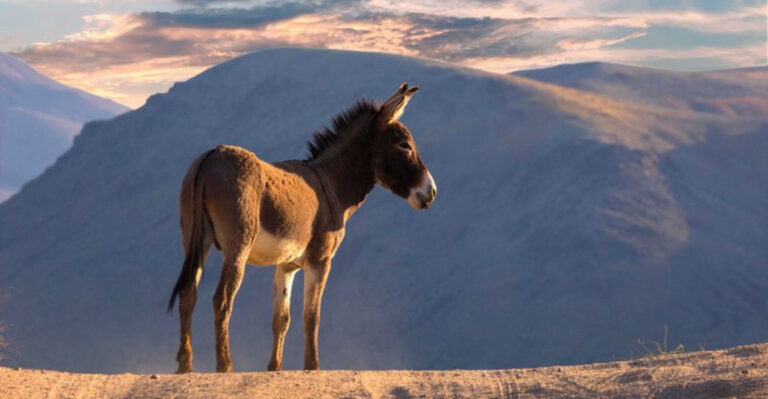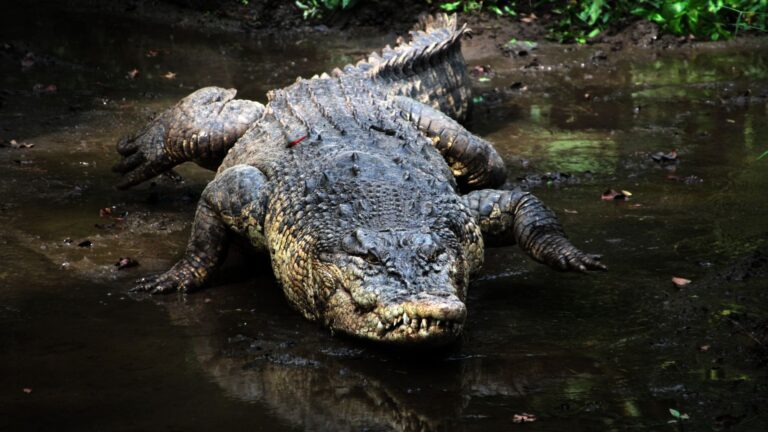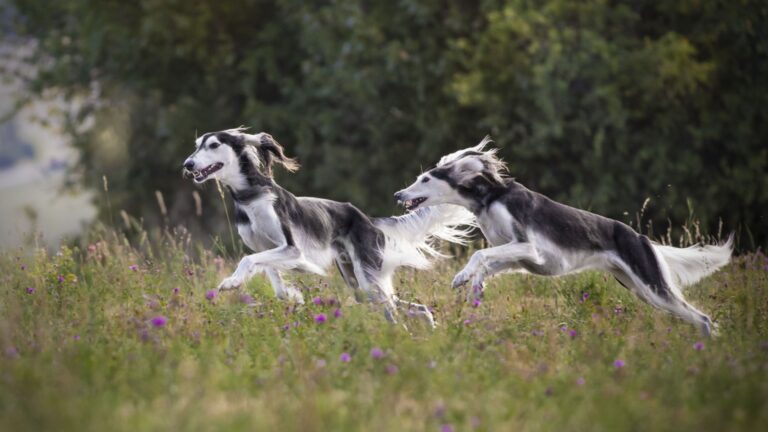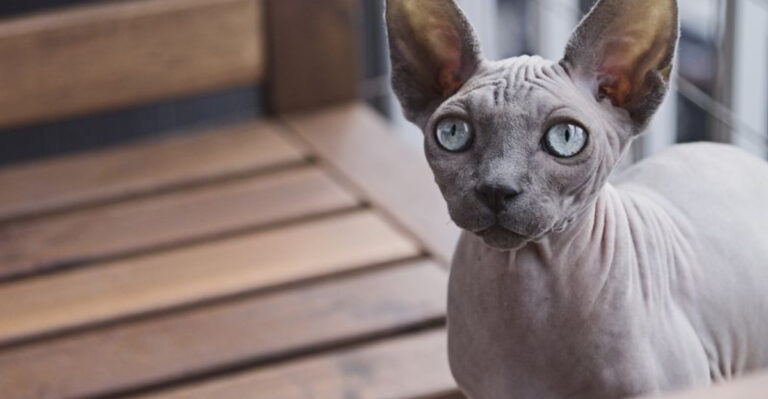12 Australian Animals That Would Destroy North American Ecosystems
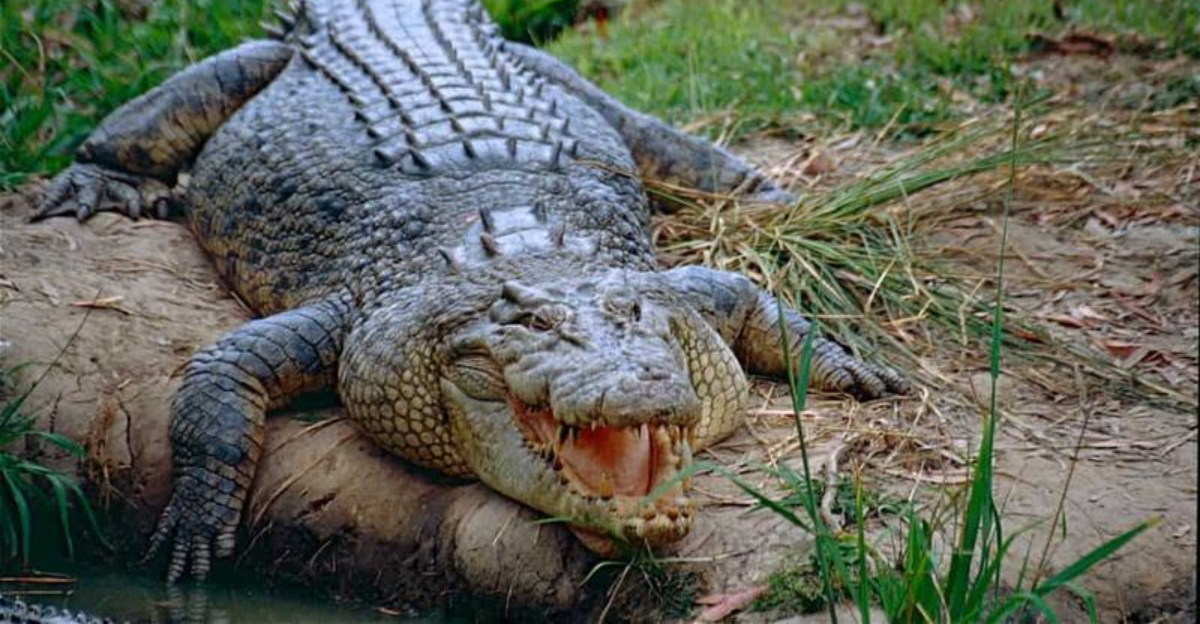
Australia’s unique wildlife evolved in isolation, creating animals perfectly adapted to their environment but potentially devastating elsewhere.
If certain Australian species found their way to North America, they could cause ecological chaos by outcompeting native animals, destroying habitats, and disrupting food chains. The potential damage would make current invasive species problems look minor by comparison.
1. Cane Toad
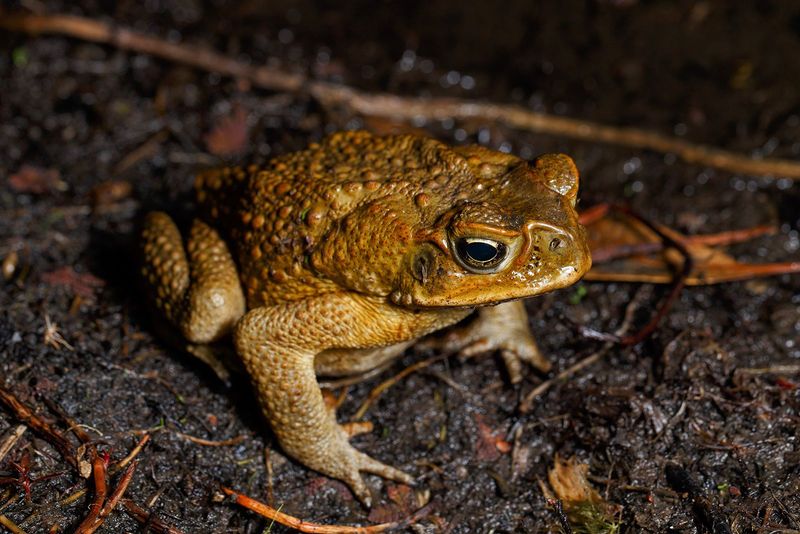
Toxic terrors on four stubby legs! These amphibian invaders produce venom potent enough to kill almost any predator unlucky enough to eat them. Native to South America but introduced to Australia, they’ve left a trail of dead wildlife in their wake.
North American predators have no evolutionary defense against their toxins. Their rapid breeding and adaptability would allow them to spread quickly through southern states, potentially collapsing entire food webs.
2. Tasmanian Devil
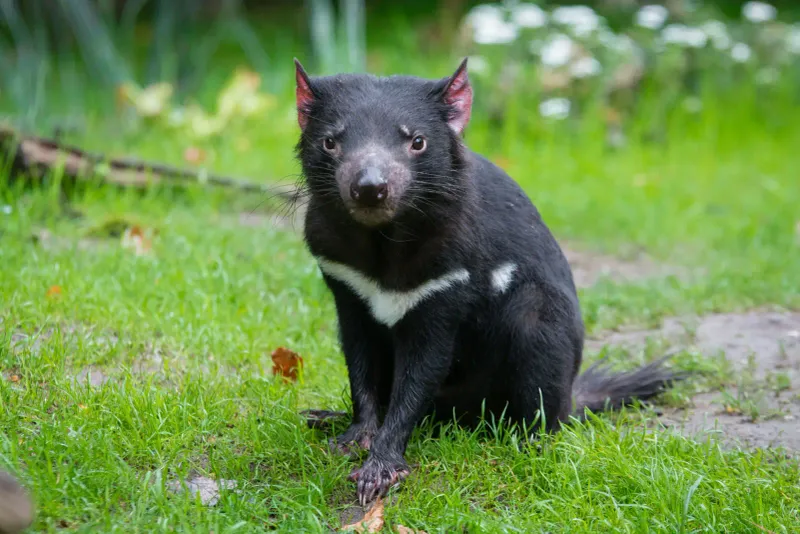
Don’t let their small size fool you. These carnivorous marsupials possess the strongest bite force relative to body size of any mammal alive. Their bone-crushing jaws and voracious appetites make them formidable scavengers and hunters.
In North America, they would outcompete native scavengers like raccoons and skunks. Their aggressive feeding behavior could disrupt carrion ecosystems, while potentially spreading their unique contagious facial cancer to related species.
3. Dingo
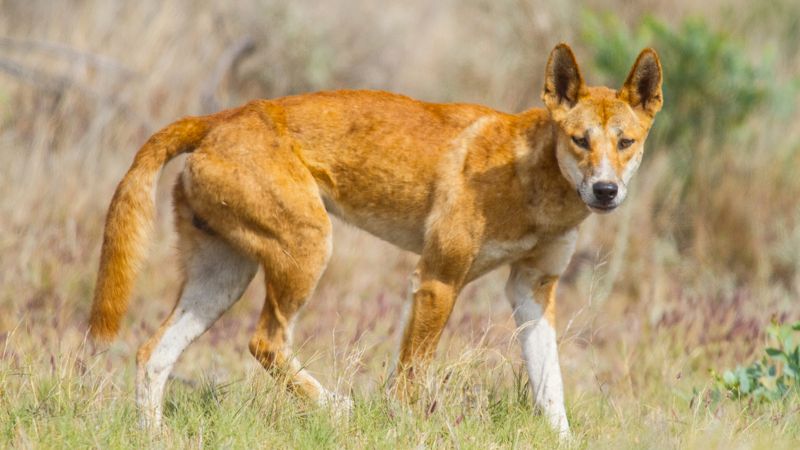
Wild and cunning, dingoes have survived in Australia’s harshest environments for thousands of years. These intelligent predators hunt cooperatively and can bring down prey much larger than themselves.
Released into North America, dingoes would compete directly with wolves and coyotes while potentially interbreeding with domestic dogs. Their adaptability to varied habitats would allow them to spread across the continent, reshaping predator-prey relationships everywhere they went.
4. Common Brushtail Possum
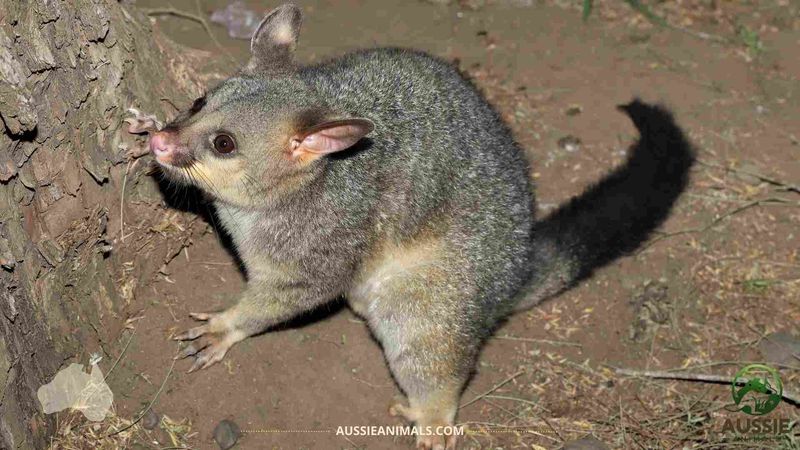
Fluffy but fierce competitors! These nocturnal marsupials may look cute with their big eyes and bushy tails, but they’re remarkably adaptable omnivores. In New Zealand, where they were introduced, they’ve become a major ecological nightmare.
North American forests would provide perfect habitat for these tree-dwellers. They would compete with squirrels, raccoons, and nesting birds for food and den sites while damaging native vegetation and potentially spreading tuberculosis to wildlife.
5. European Rabbit (Wild Australian Strain)
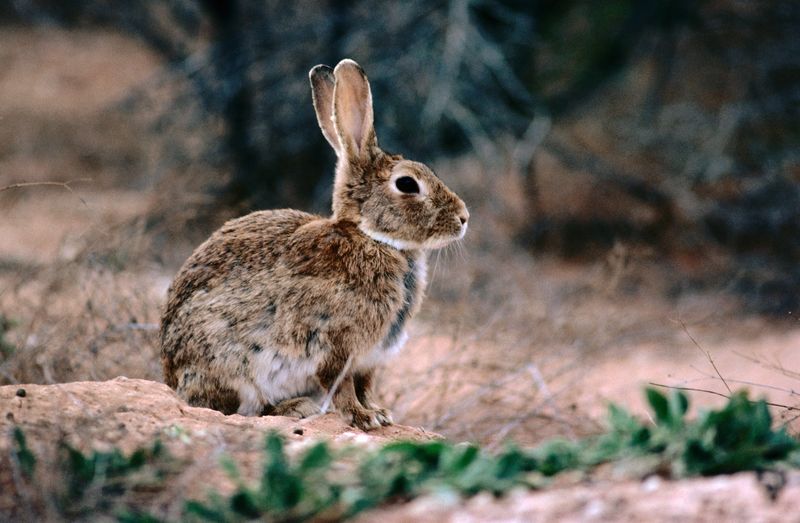
Australia’s rabbit problem shows what happens when cute meets catastrophic. The wild Australian strain has evolved extreme hardiness, breeding capacity, and environmental adaptability after generations in the Outback.
North American grasslands and forests would provide abundant food with fewer predators than Australia. Their destructive grazing could eliminate native plants, causing erosion and habitat loss. Their burrows would damage agricultural lands and natural areas alike.
6. Feral Camel
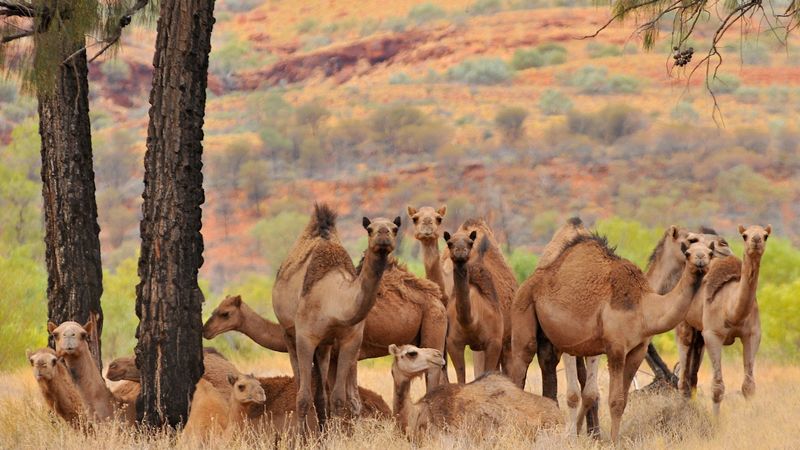
Surprise! Australia has the world’s largest wild camel population, descendants of imported dromedaries that escaped into the Outback. These massive desert specialists can consume nearly any vegetation and travel incredible distances between water sources.
North American deserts would offer little resistance to these hardy invaders. Their heavy hooves would crush delicate desert ecosystems, while their efficient water use would let them survive where native species struggle. Competition with bighorn sheep and pronghorn would be devastating.
7. Feral Cat
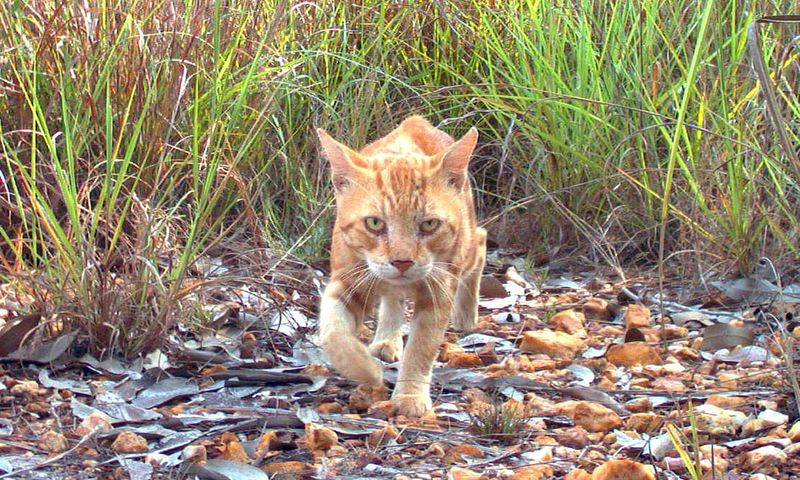
Australia’s feral cats showcase the worst-case scenario for this familiar pet. After generations in the wild, they’ve become efficient killing machines responsible for dozens of extinctions. Each cat kills hundreds of native animals annually.
While already present in North America, Australian feral cats represent an evolutionary endpoint of what happens when cats adapt perfectly to hunting native wildlife. Their hunting efficiency in Australia suggests North American wildlife could face even greater pressures from specialized feral populations.
8. Lace Monitor
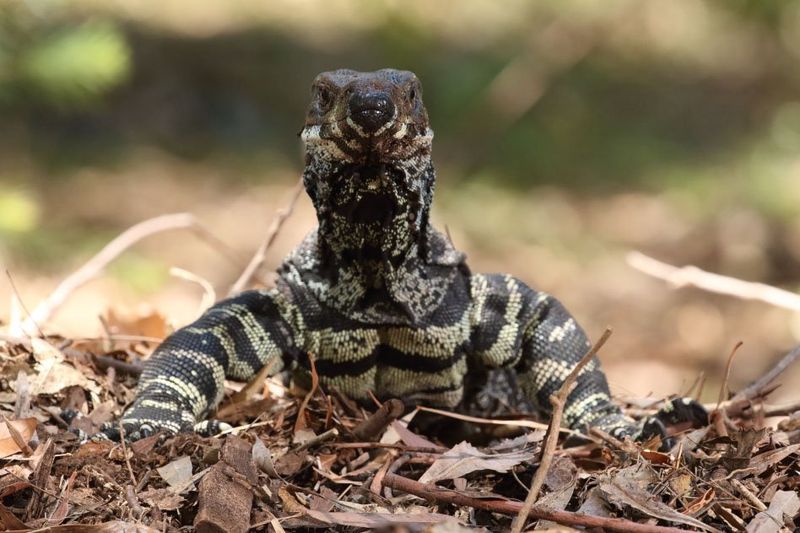
Imagine a five-foot lizard that climbs trees, raids nests, and devours anything it can catch! Australia’s second-largest monitor lizard combines intelligence with predatory skill. These reptiles use ambush tactics and powerful claws to catch prey.
In North American forests, these versatile predators would feast on birds’ eggs, small mammals, and reptiles. Their tree-climbing abilities would give them access to previously safe nesting sites. Few native predators could challenge an adult lace monitor.
9. Saltwater Crocodile
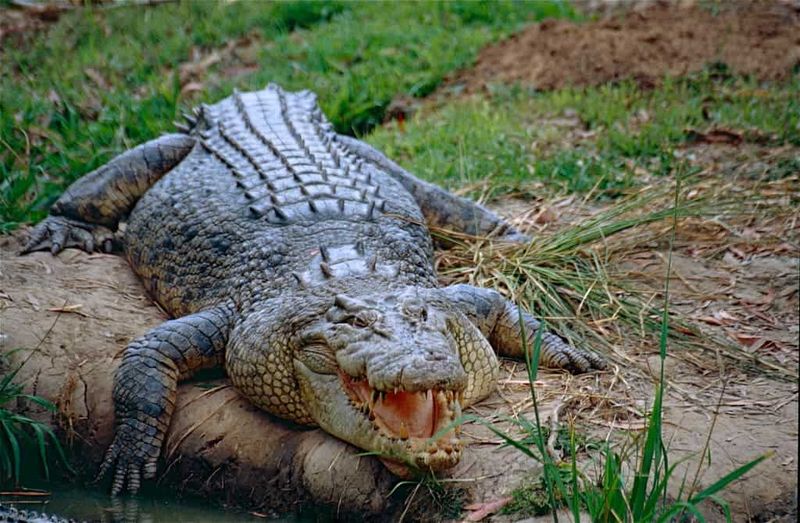
The planet’s largest reptilian predator makes alligators look like amateurs. These massive ambush hunters can exceed 20 feet in length and have no fear of attacking large mammals—including humans. Their saltwater tolerance allows them to travel between river systems via ocean routes.
Southern U.S. waterways would provide perfect habitat for these apex predators. They would outcompete alligators while preying on everything from fish to deer. Their territorial aggression and breeding success would make containment nearly impossible once established.
10. Indian Myna
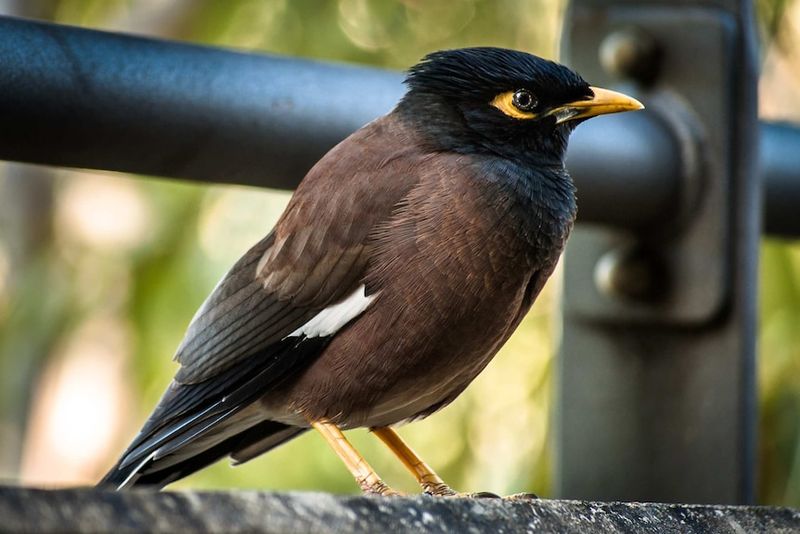
Brown birds causing big problems! Introduced to Australia and now among the world’s worst invasives, these aggressive birds form large flocks that overwhelm native species. They’re incredibly adaptable to human environments and nearly impossible to eliminate once established.
North American cities and suburbs would provide perfect habitat. They would compete directly with native cavity-nesting birds, potentially pushing species like bluebirds and woodpeckers from urban areas. Their omnivorous diet and intelligence make them extraordinarily successful invaders.
11. Feral Goat
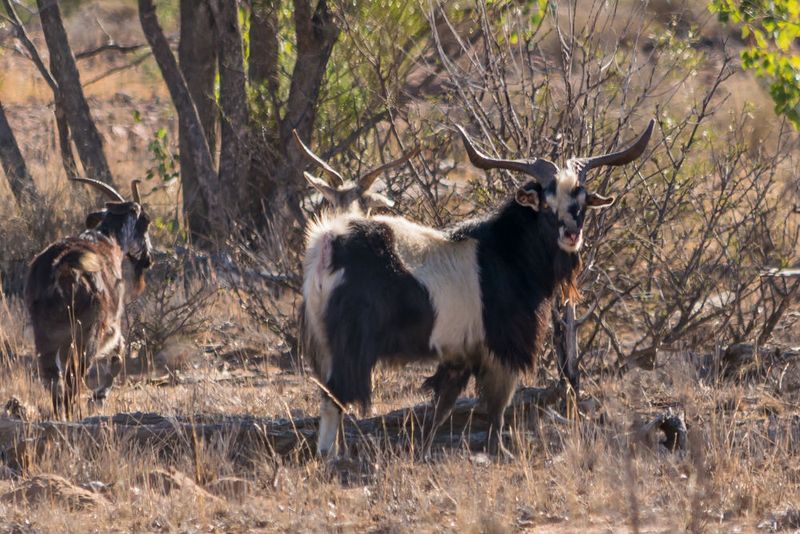
Hooved locusts that transform landscapes! Australia’s feral goats demonstrate how these domestic animals become ecosystem wreckers when released into the wild. Their ability to eat almost any vegetation and access difficult terrain makes them particularly destructive.
North American mountains and canyons would offer little resistance. Their efficient digestion lets them survive where native grazers cannot. Soil erosion follows their intensive grazing, while native plants disappear under their constant browsing. Competition with bighorn sheep would be particularly damaging.
12. Australian Plague Locust
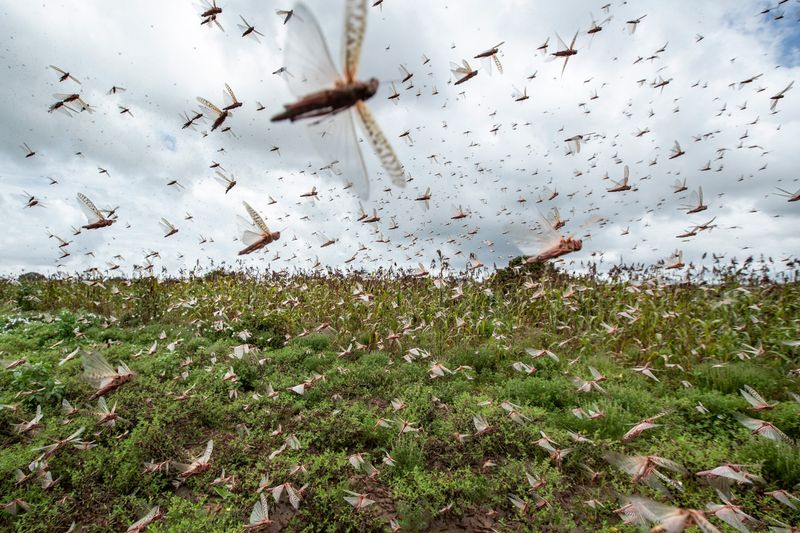
The farmer’s nightmare! These insects form swarms containing billions of individuals that can strip entire landscapes bare in hours. Their breeding cycle accelerates in response to favorable conditions, creating multiple devastating generations per year.
North American agriculture would face a new level of threat from these highly mobile pests. Native grasslands would provide perfect breeding grounds, while crops would offer abundant food. Their ability to travel hundreds of miles would make containment nearly impossible once established.

